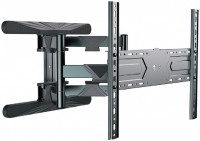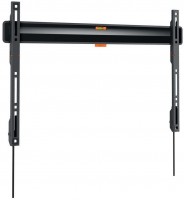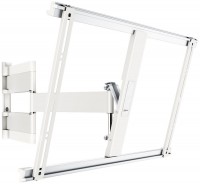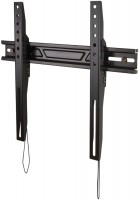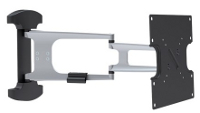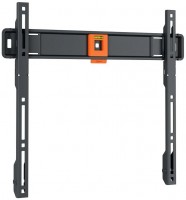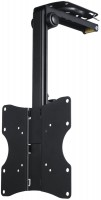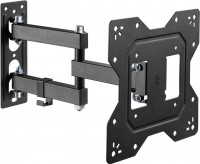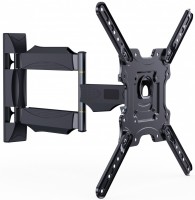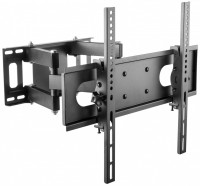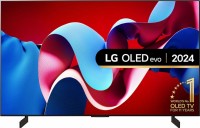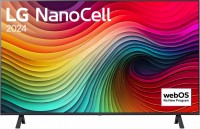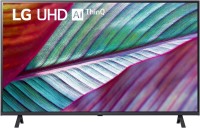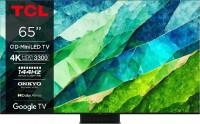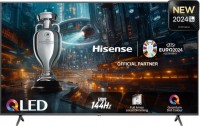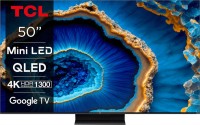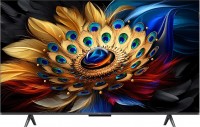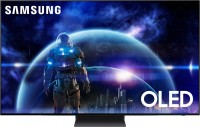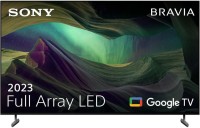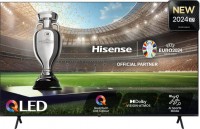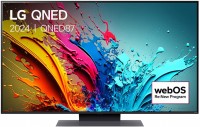Samsung UE-26D4003 26 "
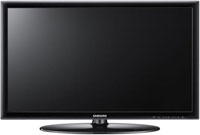 | Outdated Product $445.00 Size ("): 26; Screen coating: matte; Resolution (px): 1366x768; Dynamic contrast: 2 000 000:1; Sound power (W): 6; Number of speakers: 2; Digital tuner: DVB-C (cable); HDMI: 2; Inputs: USB: USB; VGA; composite AV input; Outputs: mini-Jack (3.5 mm) headphones; Wall mount: VESA 200x100 mm |
Samsung UE-26D4003 26 "
Screen:26 ", 1366x768 px
Multimedia:no Smart TV
All specifications
Specifications UE-26D4003
|
| ||||||||||||||||||||||||||||||||||||||||||||||||||||
The information in the model description is for reference purposes.
Always clarify the specifications and configuration of the product with the online store manager before purchasing.
Catalog Samsung 2025 - new arrivals, bestsellers, and the most relevant models Samsung.
Always clarify the specifications and configuration of the product with the online store manager before purchasing.
Catalog Samsung 2025 - new arrivals, bestsellers, and the most relevant models Samsung.
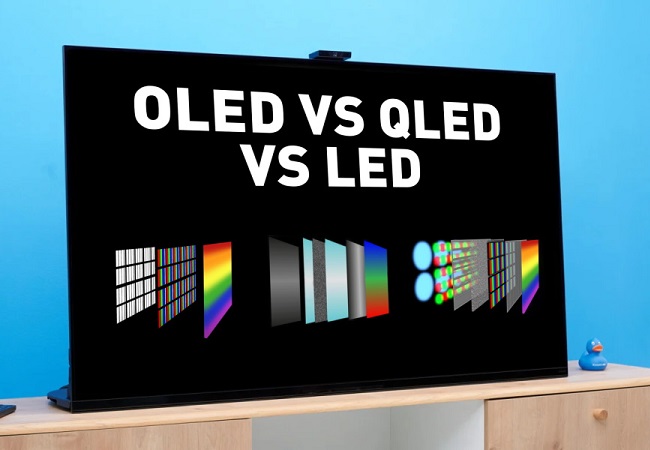
Which TV sensor is the best? And which one is optimal in terms of price and quality?We study the pros and cons of modern TV matrices

How to choose a TV diagonal and resolution for your room?Is it always worth taking a larger TV? Perhaps 55" will be too much for a small room, but 32" is a perfect option?
Additional features tv Samsung UE-26D4003:
Wide Colour Enhancer Pro Technology
Samsung TVs with Wide Colour Enhancer Pro reproduce the colours of the surroundings in the best possible way. This technology expands the colour gamut by creating a three-dimensional brightness chart.
24p True Cinema
This mode allows you to watch movies as they were conceived by the director himself — on the big screen at 24 frames per second. Until quite recently, the movies we watched at home played faster than in theaters. Because a movie that is shown on TV or sold on DVD needs to be adjusted to fit the PAL format. The difference lies in the following — movies are shot at 24 frames per second, and the television standard is 25 frames per second.
- Child protection
- Menu in Russian
- Sleep timer
- Wide Colour Enhancer
- 24p True Cinema
Wide Colour Enhancer Pro Technology
Samsung TVs with Wide Colour Enhancer Pro reproduce the colours of the surroundings in the best possible way. This technology expands the colour gamut by creating a three-dimensional brightness chart.
24p True Cinema
This mode allows you to watch movies as they were conceived by the director himself — on the big screen at 24 frames per second. Until quite recently, the movies we watched at home played faster than in theaters. Because a movie that is shown on TV or sold on DVD needs to be adjusted to fit the PAL format. The difference lies in the following — movies are shot at 24 frames per second, and the television standard is 25 frames per second.
We recommendCompare using chart →



